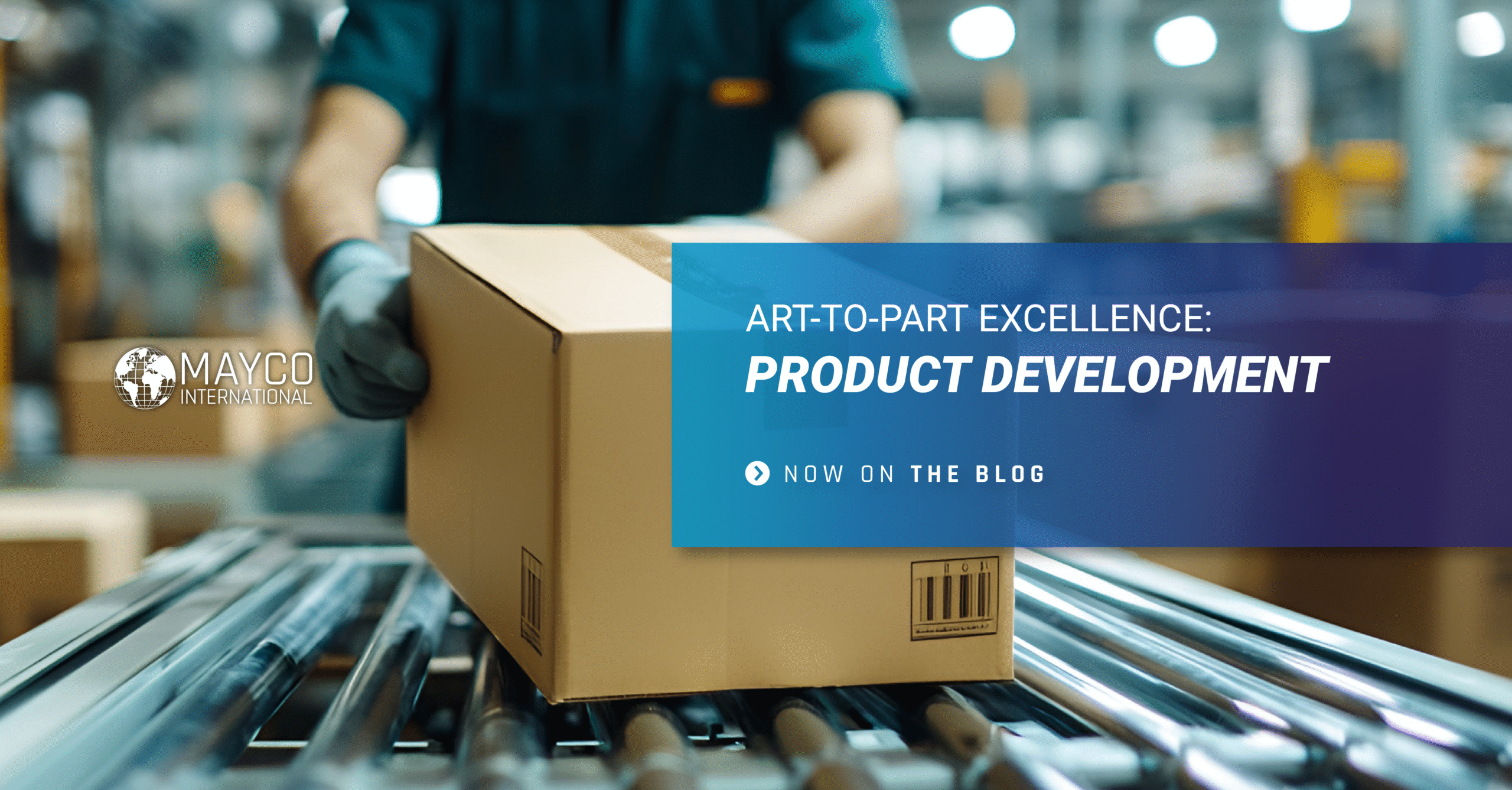Sep 19/25
Art-to-Part Excellence: How to Craft a Product Development Strategy That Delivers

Crafting a product development strategy that truly delivers involves combining creativity with structure. By balancing product innovation, strategic planning, and market awareness, businesses can bring concepts to life in a way that ensures long-term success.
Unfortunately, 95% of products fall short of expectations, according to MIT.
Mayco International has proven that with the right approach, products can shine from the first idea to their place in the market. Read on to learn more.
What Are the Major Elements of a Successful Product Development Strategy?
A strong product development strategy begins with understanding customer needs. Market analysis plays a critical role here, allowing businesses to do the following:
- Identify gaps
- Spot opportunities
- Forecast demand
With this insight, organizations can create products that not only meet expectations but also anticipate future trends.
Once the market landscape is clear, strategic planning ensures resources are used with precision. From budgeting to selecting the right technologies, planning lays the foundation for a streamlined process.
A stage like this also incorporates competitive benchmarking. It helps companies measure their ideas against industry leaders and pinpoint where differentiation is possible.
The next step involves product innovation, where creative solutions merge with technical expertise. For Mayco International, this means using advanced engineering and manufacturing techniques to transform concepts into prototypes and eventually into functional products.
How Does the Product Lifecycle Impact Strategy?
Understanding the product lifecycle is essential for long-term success. Every product goes through phases:
- Introduction
- Growth
- Maturity
- Decline
By factoring in these stages during the initial planning phase, businesses can extend product longevity and maximize profitability.
At the introduction stage, companies must focus on building awareness and establishing credibility. During the growth phase, the priority shifts to scaling production and reaching broader markets.
In maturity, the challenge lies in sustaining relevance against competitors, often requiring updates or improved features. During decline, businesses must decide whether to reinvest, reinvent, or phase out the product.
Mayco International excels at managing this lifecycle through far-sighted strategies. Their approach integrates design, testing, and production to ensure products not only launch successfully but also evolve with market demands.
How Can Businesses Stay Competitive in Product Development?
Staying competitive requires continuous improvement. Competitive benchmarking provides valuable insight into industry best practices and highlights opportunities to innovate.
Businesses that monitor competitors can identify strengths to replicate and weaknesses to exploit. Doing this ensures that their own products always deliver superior value.
Additionally, agility has a major role. Markets shift on a dime, and a rigid strategy can leave businesses behind.
By adopting flexible processes, companies can pivot when needed without sacrificing quality. Mayco International demonstrates this adaptability through its global reach and integrated processes. It allows clients to benefit from faster turnarounds and reduced costs without compromising performance.
Elevating Your Product Development Strategy Starts Now
Crafting a successful product development strategy is about more than getting from art to part. Rather, it’s about creating a system that balances innovation with practicality.
Excellence guides every stage of Mayco International’s development. It’s how businesses like Harley Davidson and SpaceX have unlocked their true potential and brought amazing products to a global market.
Do you have a vision for vehicle parts? If so, don’t wait to discuss the details with the award-winning Mayco International team.

